Kyoto’s culinary legacy, shaped by nearly 400 years of imperial history, remains a dynamic testament to its affluent food culture. Therefore, Kyoto is idyllic for anyone eager to try traditional Japanese food be it in Michelin-recognised establishments, legacy restaurants managed by third- or fourth-generation owners, and contemporary cafes.
Ready to savour a taste of Kyoto?
Before you get down to food hunting, it’s vital to identify Kyoto’s timeless yet ever-evolving cuisine for a full-on mouthwatering escapade.
Here are some highlights:
Hamo
With its spiky teeth and feisty nature, hamo (conger eel) isn’t the easiest fish to handle. Its flesh is filled with tiny bones, so skilled chefs make 24 precise cuts every 3 cm to make it edible. This eel can be boiled, grilled, deep-fried, or even served as shabu-shabu or in a nabe stew. Especially popular in summer, it’s often served cold with a sharp ume (plum) sauce.
Matcha
Kyoto is the ideal place to indulge in matcha – the finest grade of green tea. Matcha’s full-bodied flavour, aroma, and abundant history offer a multisensory experience. Enjoy a cup of frothy, vibrant green brew in a traditional tea house or a modern café. You can also have matcha contemporary treats such as soft-serve ice cream, cakes, and cookies.
Tsukemono
Kyoto’s artisans perfected the art of pickling long before refrigeration. In 794, when Kyoto became Japan's capital, pickling techniques from across the country were brought to the imperial court. Today, Kyoto is known for three signature pickles: shibazuke (a tangy mix of cucumber, eggplant, and red shiso), senmaizuke (delicate, thin-sliced Shogoin turnips with konbu kelp), and sugizuke (a mellow, refreshing pickle made from the rare sugukina turnip).
Yatsuhashi
The sweet treat made from rice flour, sugar, and nikki (Japanese cinnamon) is a beloved souvenir from Kyoto. The classic baked version is thin, crispy, and shaped like small brown tiles, with a history dating back to 1689. In the 1960s, a “raw” version, nama-yatsuhashi, was created – soft dough wrapped around sweet bean paste, available in matcha, sesame, chocolate, and banana flavours.
Yudofu
No dish captures the spirit of Kyoto like yudofu. The simple yet delightful creation is made with tofu, water, kelp, and a tangy dipping sauce. The kelp lines the bottom of a pot, with tofu and water added and gently heated. Once served, the tofu is dipped in a ponzu-based vinaigrette. Born from the Buddhist monks' vegetarian tradition, yudofu’s popularity began near Nanzenji Temple in 1635, with speciality restaurants still serving it today.
Kyoto is a true feast for the senses. The eateries exude a delicious mix of history, craftsmanship, and innovation. Even if you have tasted one of the highlighted dishes at one place, you’d still be mindblown nibbling them in other places. Here are more culinary options for you to explore in Kyoto.
Funaokayama Shimizu
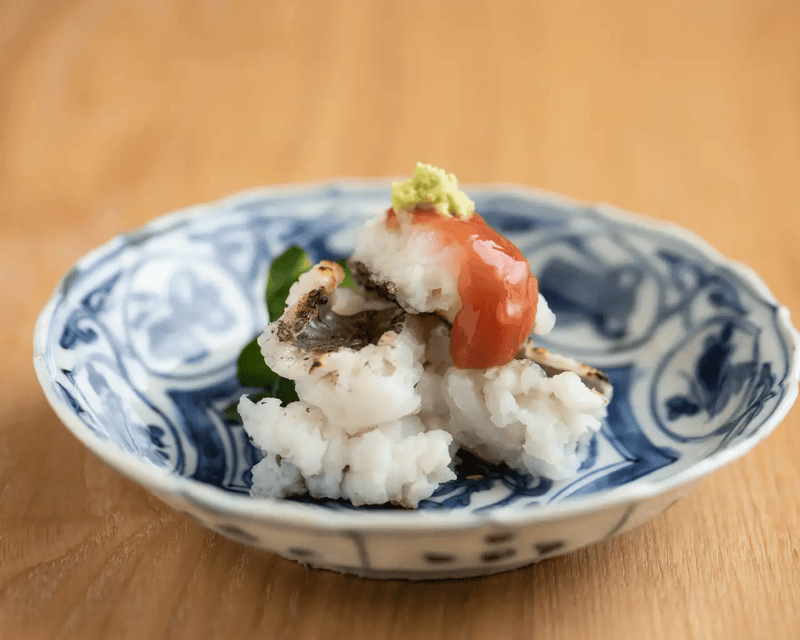
At the Michelin-starred Funaokayama Shimizu, rice is elevated to art, thanks to its preparation with pure Kyoto groundwater. Chef Shimizu personally selects the rice and pairs it with seasonal dishes, ensuring that every bite complements its flavours.
Gion Matsudaya
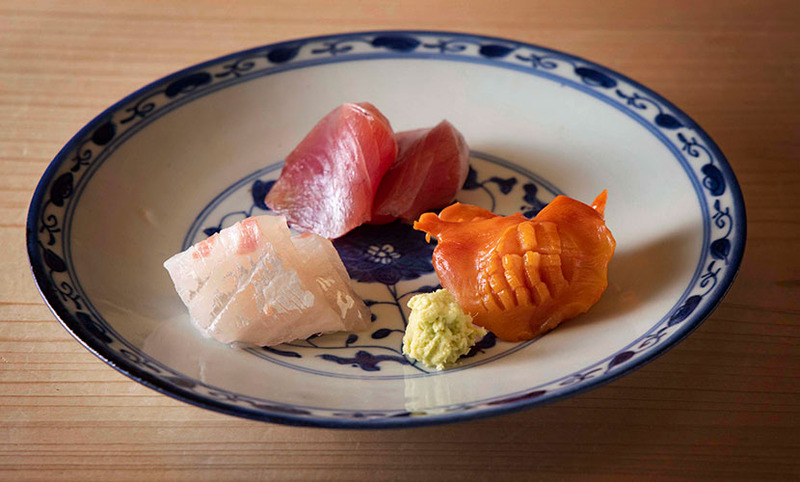
Nestled in the charming, traditional streets of Gion, a district where time seems to stand still, Gion Matsudaya is a Michelin one-star sushi gem. Here, you can indulge in Edo-style sushi, with rice seasoned with red vinegar and topped with seared grilled perfection. With only six counter-seats available, reservations are essential, and the multilingual booking system makes it easy for international guests to secure a spot.
Kyo-Yuba Yubakichi
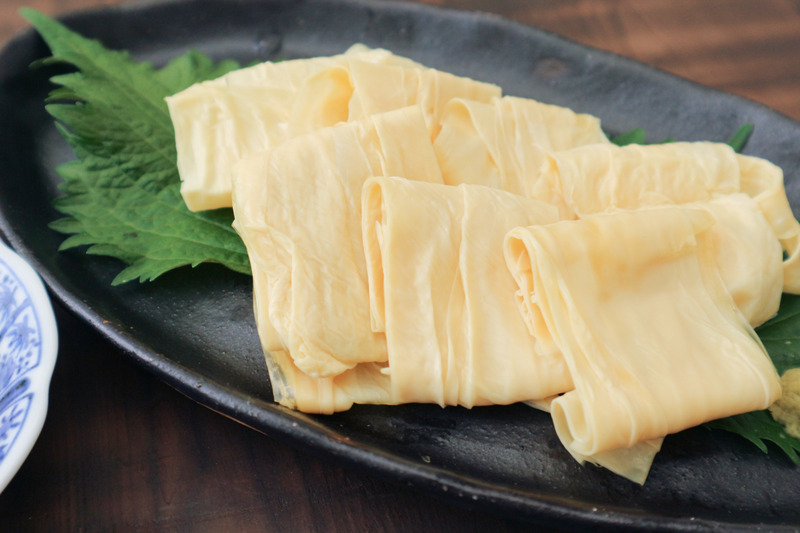
Kyo-Yuba Yubakichi has been perfecting the art of yuba - Kyoto’s famous bean curd skin - for over two centuries. Made using traditional methods with local soybeans and fresh Nishiki-area groundwater, this speciality comes in two forms: fresh yuba, served as is, and dried yuba, often found in hot pot dishes.
Nijo Minami
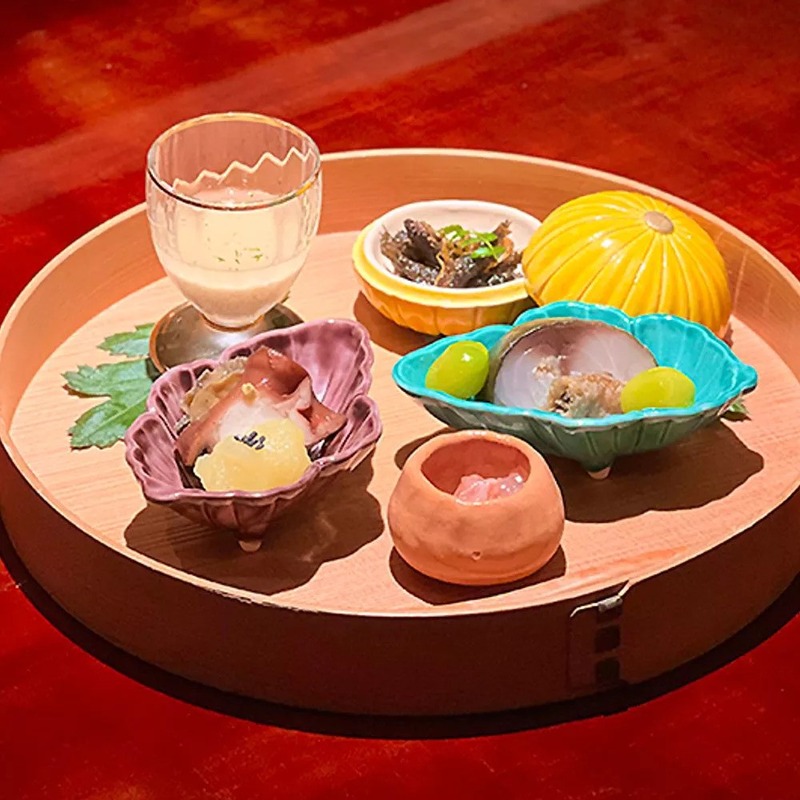
Chef Minami Kengo has honed his craft for 25 years under the tutelage of a couple of Japanese culinary legends. Nowadays, he shares his mastery through a Michelin-recognised restaurant where you can savour rare seasonal delicacies - for example, whole female red crab from Hyogo and delicate pike conger and whale in white miso.
Nishiki Market
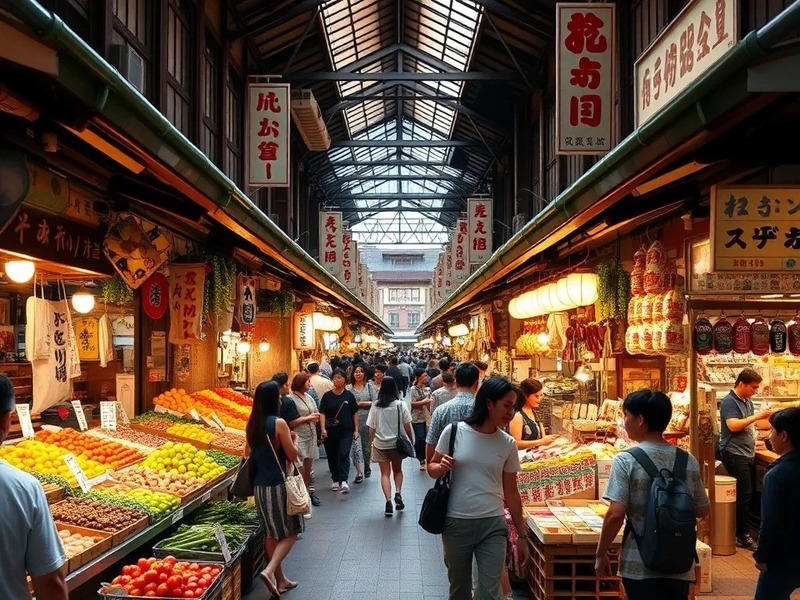
Want a no-brainer with endless options to confuse you? Kyoto’s “kitchen” is none other than Nishiki Market, a gourmet street packed with over 120 shops offering everything from fresh fish to vegetables, side dishes, and confections. Spanning 400 metress, the market is home to treasures such as Iyomata, a sushi shop with a 400-year history.
Saryo Suisen
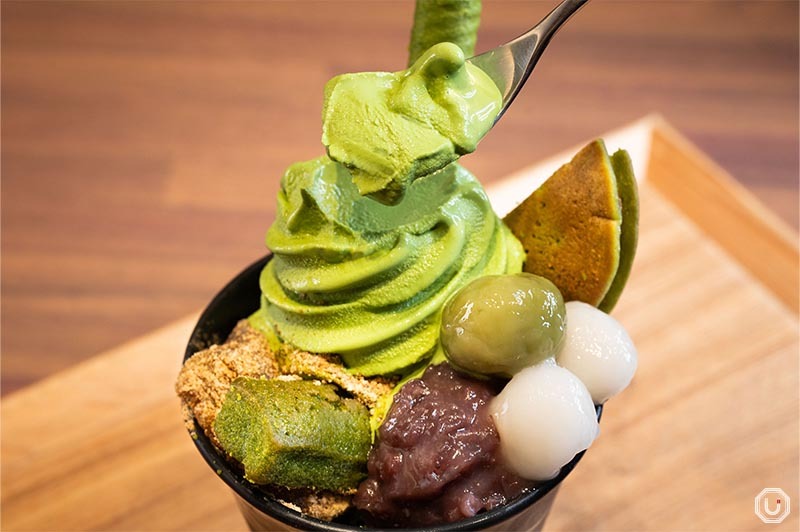
The smooth, subtle flavour and minimal bitterness of Uji Matcha have been a Kyoto favourite for centuries. At Saryo Suisen, two Kyoto locations offer an entire menu dedicated to the highest-grade matcha, served in creative confections such as parfaits, matcha lattes with 3D latte art, and more.
Seiwasou
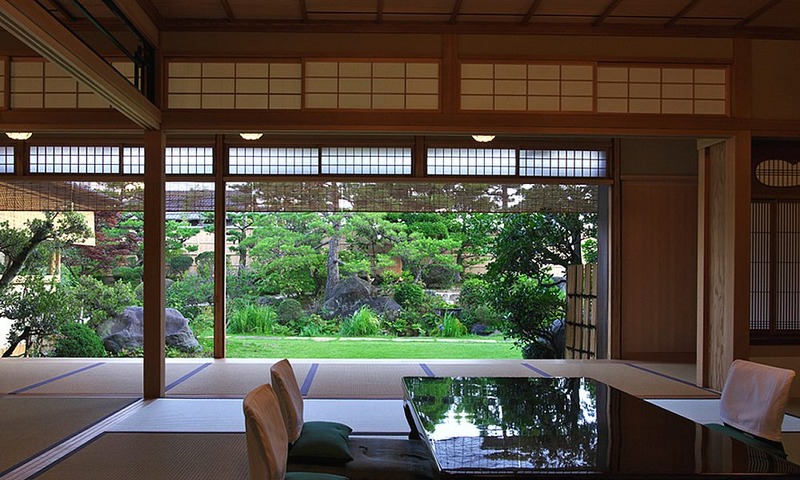
Step into Seiwasou for some kaiseki in a sukiya-zukuri-style building, a true homage to Japan’s historical architecture. The restaurant has celebrated Kyoto’s finest ingredients with dishes such as Shokado bento and expertly crafted dashi since its inception in 1957. Opt for a private room with serene garden views as Chef Tetsuo Takenaka presents seasonal tempura and premium courses.
WIFE & HUSBAND
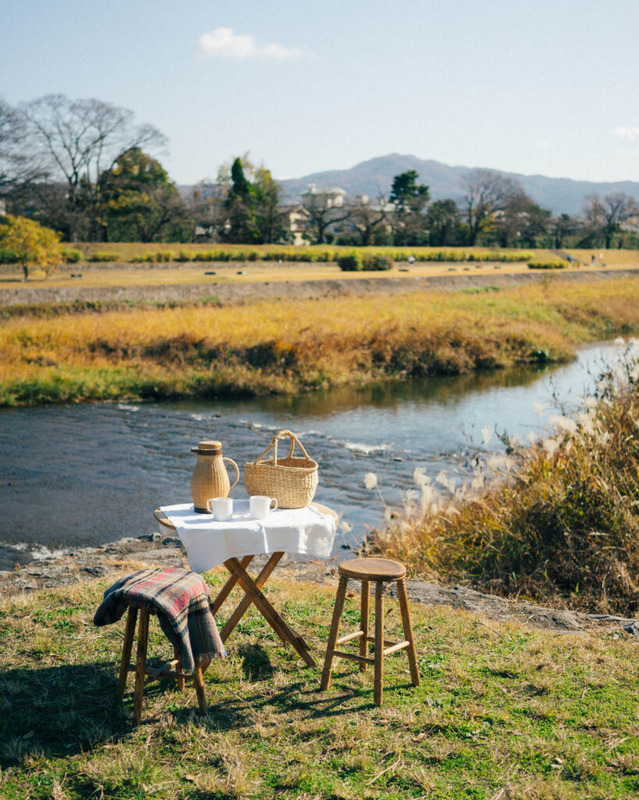
Nestled by the Kamogawa River is a charming coffee shop that roasts its beans in-house. Go on a picnic here where a basket filled with coffee, sweets, and all the essentials are prepared just for you. But make sure to squeeze yourself a spot as WIFE & HUSBAND limits its service to just six groups per day. Rent straw hats and chairs (summer only) for extra comfort!



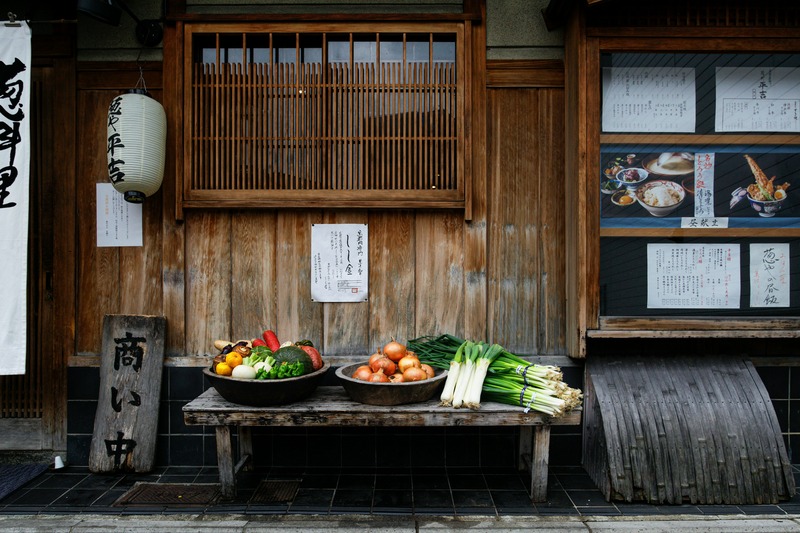
 Mirella Pandjaitan
Mirella Pandjaitan
 Nov 25, 2025
Nov 25, 2025